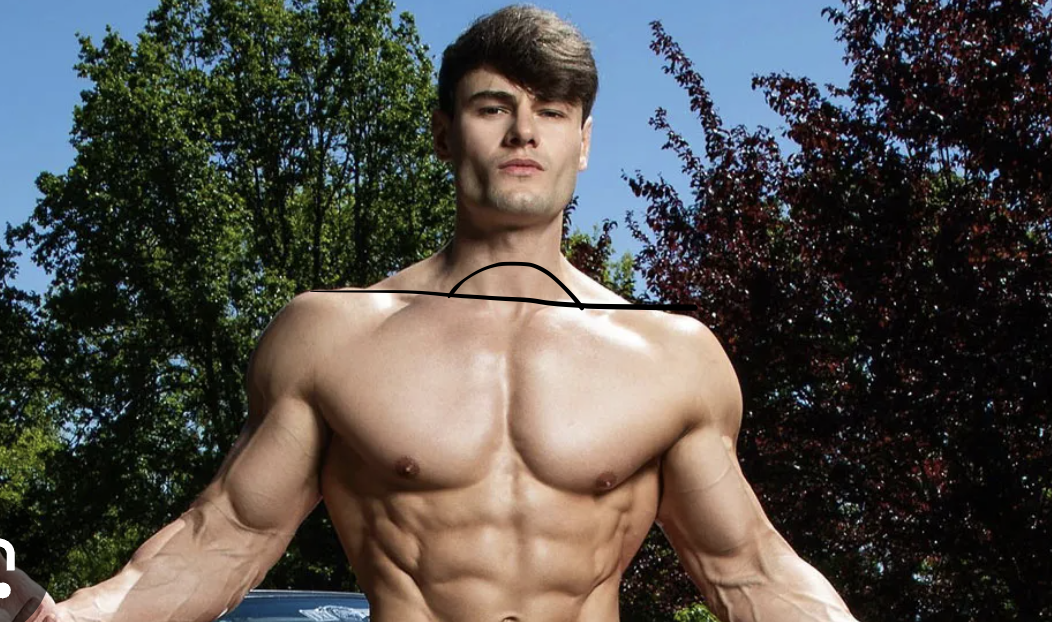jedimatias0695@gmai
Iron
- Joined
- Apr 7, 2023
- Posts
- 4
- Reputation
- 18
Good morning,
Note: this is only from a physio and biomechanics point of view.
As most of us know, clavicle length is genetically fixed. After the growth plates (epiphyseal plates) of the clavicle close, typically by age 25, the bone can no longer elongate. This has led to the widespread belief that shoulder width and clavicle position are unchangeable after adolescence. which means, its over.
However, that doesn't mean we cant move them, and yes without surgery, we do it with Bone repo Positioning.
While the clavicle’s length is indeed fixed, its resting angle, tilt, and prominence are highly adaptable because the clavicle is not a rigidly fixed bone. It acts as a strut between the sternum and scapula, suspended and stabilized by dynamic structures: the ribcage, thoracic spine, and surrounding muscles and fascia. This means its position is a product of the structures it connects to, and those can be remodeled.


How:
this is just simple theory but will work if you aren't sped and have a basic understanding on why you're body looks as it is.





Note: this is only from a physio and biomechanics point of view.
As most of us know, clavicle length is genetically fixed. After the growth plates (epiphyseal plates) of the clavicle close, typically by age 25, the bone can no longer elongate. This has led to the widespread belief that shoulder width and clavicle position are unchangeable after adolescence. which means, its over.
However, that doesn't mean we cant move them, and yes without surgery, we do it with Bone repo Positioning.
While the clavicle’s length is indeed fixed, its resting angle, tilt, and prominence are highly adaptable because the clavicle is not a rigidly fixed bone. It acts as a strut between the sternum and scapula, suspended and stabilized by dynamic structures: the ribcage, thoracic spine, and surrounding muscles and fascia. This means its position is a product of the structures it connects to, and those can be remodeled.


How:
- Ribcage orientation - Excessive anterior pelvic tilt or rib flare causes the sternum to protrude and the sternal end of the clavicle to elevate and rotate forward.
- Scapular mechanics - Winging, downward rotation, or anterior tilt of the scapula pulls the acromial end of the clavicle out of alignment.
- Muscle and fascial tone - Chronically shortened or overactive muscles such as the subclavius, pectoralis minor, sternocleidomastoid, and upper trapezius can elevate or tilt the clavicle into a dysfunctional position.
At the same time, muscles that anchor or depress the clavicle - like the lower trapezius, latissimus dorsi, and even the subclavius - can contribute to pulling it downward or stabilizing it in a more neutral alignment when properly recruited. The net tension across these muscle groups determines where the clavicle “rests” at baseline.
this is just simple theory but will work if you aren't sped and have a basic understanding on why you're body looks as it is.

